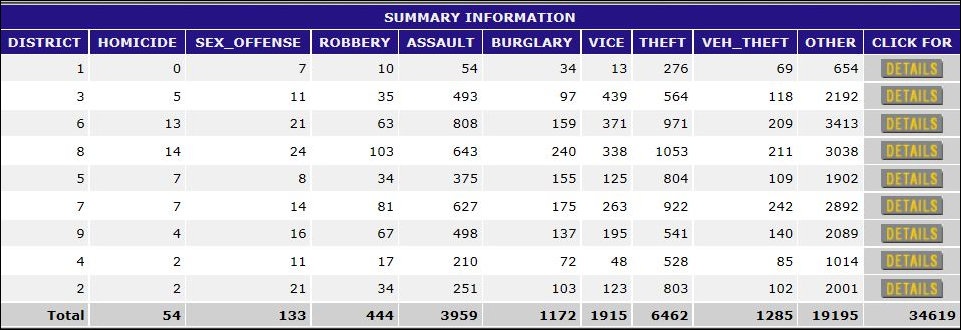Here we go again. Today readers of the Richmond Times-Dispatch are treated to a front-page, top-of-the-fold article highlighting racial disparity… not in arrests… not in convictions… not in stop-and-frisks… but in the Richmond Police Department’s use of racial identifiers in “field interview reports.”
The newspaper’s indictment:
Of the 29,997 reports Richmond police officers documented in 2017 and 2018, a disproportionate number of them described the subject of the report as a black person. In a city where black residents make up 49 percent of the population, 65 percent of the people documented were listed as black.
The RTD’s Ali Rockett quotes the Richmond Transparency and Accountability Project as describing the disparity as an “alarmingly disproportionate policing of black boys and men.” And it quotes Liz Coston, a Virginia Commonwealth University sociologist, as saying that the numbers constitute evidence of “overpolicing” of Richmond’s black community. “It’s clear that black residents in Richmond are impacted by policing to a much greater extent than white citizens are.”
Not until 31 to 33 paragraphs down does the reader encounter quotes from interim Police Chief William Smith making an obvious point: The reason a disproportionate number of field interviews are conducted with African-Americans is that a disproportionate number of violent crimes and property crimes occur in high-crime neighborhoods populated by… African-Americans.
“Our field interviews align with our violent crime density,” said Smith. “You can see it aligns very closely, and by places that it doesn’t … look at property crime impact. You see how that combination of factors almost always align completely. … We put all of our focus on areas of violent crime and areas of property crime.”
The alignment of crime reports with field interviews conducted in the investigation of crimes would seem to be a pertinent point. The RTD did not choose to publish data that would back up Smith’s claims and undermine the entire point of the article.
But the RTD did quote Coston, the VCU sociologist, as describing this approach as a “self-fulfilling prophecy” — police concentrating their resources in one area and seeing increases in petty crimes because they are there to make the arrest. “If you send a lot of your police officer resources into one community, they’re going to find crime there,” Coston said. “If you don’t send your officers to the West End, there are no officers there to find crime.”
The absurdity of that argument is hard to understate. First, the RPD dispatches police to certain neighborhoods because that’s where the crime complaints are coming from! You can see the crime incident “disparity” in this RPD data numbering the incidents reported in the city’s nine council districts between May 5, 2018, and May 5, 2019:
The low-crime 1st and 4th districts are predominantly affluent and white. The high-crime 6th, 7th, 8th, and 9th districts are predominantly poor and African-American. (The RPD also breaks down crime by “neighborhoods” for those who want to zoom in for a closer look at the data.)
The second absurdity is this: If the Richmond Police Department dispatched police resources to the low-crime West End, the cops would spend much of their time idle. Then guess what — Coston or someone like her would criticize the RPD for underpolicing crime-ridden African-American neighborhoods while showing preference to white neighborhoods. With social justice warriors, it’s racist if you do, racist if you don’t.
The fact is, the RPD dispatches police resources to where they are needed. And the department is doing so more effectively than in the past because it uses a data-driven approach to tracking and predicting crime trends.
One of the reasons the City of Richmond’s crime rate has declined dramatically over the past decade or two is precisely because police are using the statistical methods that the RTD and social justice activists decry — a fundamental truth omitted from the story. Thanks to those very same statistical methods, fewer African-Americans have been killed or traumatized by criminals — another fundamental truth omitted from the article.
Instead of quoting white academic “experts” like Coston who, I’ll wager, does not live in a crime-ridden East End public housing project and has absolutely no skin in the game, perhaps Ms. Rockett could have interviewed elderly, law-abiding residents of Mosby Court or Creighton Court to ask if they think their communities are “overpoliced.”
Rockett’s article isn’t reporting. It’s not news. It’s advocacy. It belongs on an opinion page. But even on an opinion page, the piece could be legitimately criticized as ludicrously unbalanced. Rockett should be embarrassed for having written it. Executive Editor Paige Mudd should be embarrassed for allowing it to be published as a “news” article.
And Publisher Tom Silvestri should be alarmed at how the news staff has hijacked the newspaper into a platform for middle-class white journalists to pose as social justice warriors. Surely he realizes that publishing social-justice viewpoints masquerading as news day after day, week after week, is not a winning formula for holding on to the older, more conservative readers who still read the newspaper.
(Full disclosure: Late last year I worked about 10 days on the editorial page staff of the RTD before submitting my resignation when it became apparent that I would not be allowed to freely express my views.)




